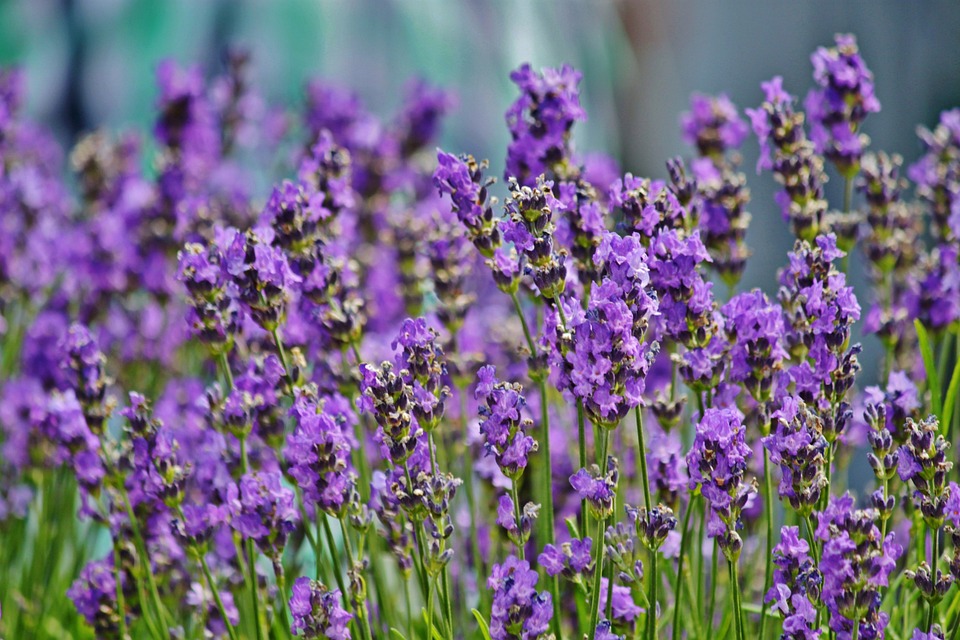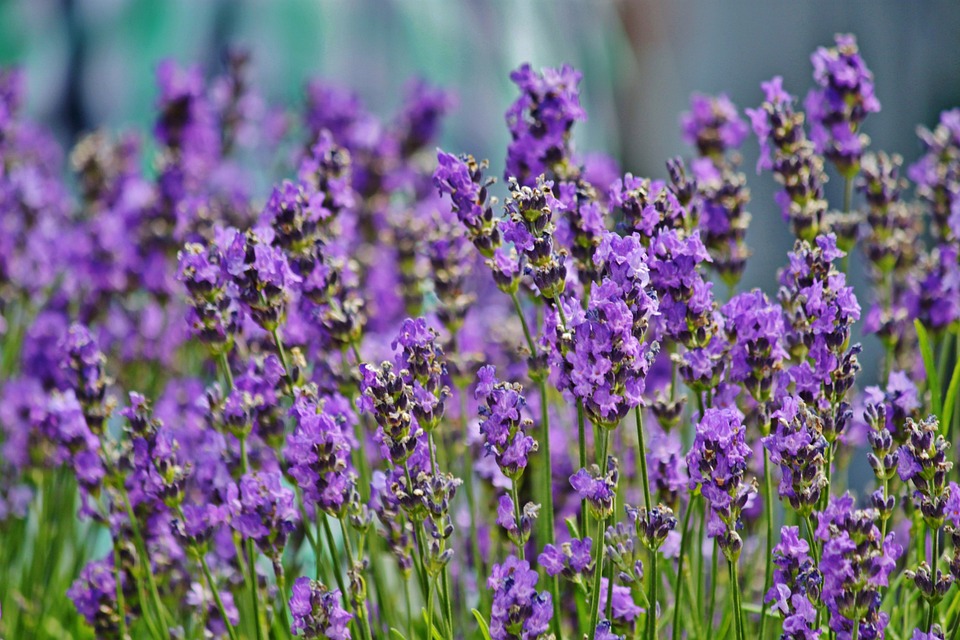In the tropical paradise of Indonesia, amidst the rugged landscapes of the Lesser Sunda Islands, there lives a creature that has sparked fear and fascination for centuries: the Komodo dragon.
These formidable reptiles, known for their immense size and predatory prowess, have long been shrouded in myths and legends.
Today, they are not only a symbol of Indonesia’s natural heritage but also a subject of scientific intrigue and conservation efforts.
This article explores the journey from myth to reality, uncovering the fascinating world of Komodo dragons.
I. The Mythical Origins of Komodo Dragons

A. Legends and Folklore
The Komodo dragon (Varanus komodoensis) has been a central figure in the folklore of the Indonesian islands.
Local legends often depict these creatures as fearsome guardians of the land.
One such tale speaks of the “Ora,” a mythical dragon believed to protect the island and its people.
According to the legend, a princess gave birth to twins: one a human boy, the other a dragon.
This story symbolizes the deep connection between the islanders and these magnificent reptiles, portraying them as siblings sharing the same land.
B. Early Western Encounters
The first recorded encounter by Westerners with Komodo dragons occurred in 1910 when Lieutenant van Steyn van Hensbroek, a Dutch colonial officer, heard tales of a “land crocodile” and decided to investigate.
His discovery of these enormous lizards sparked a wave of curiosity and led to further scientific expeditions. In 1926, an American expedition led by W. Douglas Burden
brought back the first live specimens to the United States, which were displayed at the Bronx Zoo and introduced the Komodo dragon to the wider world. Burden’s accounts of these creatures were so captivating that they inspired the creation of the fictional monster “King Kong.”
II. From Legends to Scientific Discovery

A. The Evolutionary Journey
The Komodo dragon is a member of the Varanidae family, which includes monitor lizards.
This family has an ancient lineage dating back over 100 million years.
Fossil evidence suggests that the ancestors of Komodo dragons first appeared in Asia and then spread to Australia before finally reaching the Indonesian archipelago.
The process of insular gigantism, where species evolve larger sizes on islands due to lack of predators and competition, contributed to the Komodo dragon’s impressive size.
B. Physical Characteristics
Komodo dragons are the largest lizards in the world, with males growing up to 10 feet in length and weighing over 150 pounds.
They have a robust body, powerful limbs, and a long, muscular tail.
Their skin is tough and reinforced with bony plates called osteoderms, providing them with protection against injuries.
Their keen senses, including acute vision, excellent sense of smell, and sensitive taste receptors on their tongues, make them formidable hunters.
III. Behavior and Ecology

A. Hunting Strategies
Komodo dragons are apex predators, employing a combination of stealth, power, and venom to subdue their prey.
They are known for their ambush tactics, lying in wait for unsuspecting animals to come within striking distance.
Once they attack, they use their powerful jaws and sharp, serrated teeth to inflict deep wounds.
Contrary to popular belief, Komodo dragons have venom glands that secrete toxic proteins, causing rapid blood loss and preventing clotting in their prey.
This, combined with their strong bite, ensures that even if the prey escapes initially, it will succumb to its injuries shortly after.
B. Diet and Feeding Habits
Komodo dragons are opportunistic feeders with a varied diet that includes deer, wild boar, water buffalo, and carrion.
They have an impressive ability to consume large quantities of food in one sitting, sometimes up to 80% of their body weight.
Their digestive system is highly efficient, capable of breaking down bones and hooves, leaving very little waste.
Komodo dragons play a vital role in their ecosystem by controlling prey populations and cleaning up carrion, thus preventing the spread of disease.
IV. Reproduction and Life Cycle
A. Mating Behavior
The mating season for Komodo dragons typically occurs between May and August.
Males engage in fierce battles, using their powerful tails and claws to wrestle each other for the right to mate.
These confrontations can be brutal, with the dominant male often emerging with scars and wounds as badges of honor.
Once a male wins, he courts the female through a series of gentle nudges and scratches before mating.
B. Nesting and Hatchlings
Females lay their eggs in September, using abandoned megapode nests or digging their own burrows to protect them.
A clutch can contain up to 30 eggs, which are then incubated for about eight months.
The hatching of Komodo dragon eggs is a precarious time, as hatchlings are vulnerable to predators, including adult Komodo dragons.
To survive, young dragons spend their early years in trees, where they feed on insects, small reptiles, and birds.
This arboreal lifestyle protects them from ground-dwelling threats until they are large enough to fend for themselves.
V. Conservation Challenges and Efforts
A. Threats to Survival
Komodo dragons face several threats that jeopardize their survival.
Habitat loss due to deforestation and human encroachment is a significant concern, as it reduces the available territory for these reptiles to hunt and breed.
Additionally, climate change poses a threat by altering the delicate balance of their ecosystem, potentially affecting prey availability and habitat conditions.
Human activities, including poaching and illegal trade, also threaten Komodo dragon populations.
B. Conservation Initiatives
Komodo National Park, established in 1980, serves as a sanctuary for Komodo dragons and other wildlife.
This protected area encompasses several islands, providing a safe haven where these reptiles can thrive.
Conservation programs focus on habitat preservation, anti-poaching efforts, and community engagement.
Research and monitoring are essential components of these programs, helping to gather data on population dynamics, health, and behavior.
VI. The Role of Komodo Dragons in Modern Culture
A. Cultural Significance
Komodo dragons hold a special place in Indonesian culture and heritage.
They are often depicted in traditional art, dance, and storytelling, symbolizing strength, power, and the mystery of the natural world.
The Komodo dragon is also a national symbol, featured prominently in tourism promotions and conservation campaigns.
B. Ecotourism and Education
Komodo National Park attracts thousands of visitors each year, drawn by the opportunity to see these majestic reptiles in their natural habitat.
Ecotourism plays a crucial role in funding conservation efforts and raising awareness about the importance of protecting Komodo dragons.
Guided tours, educational programs, and community-based initiatives help foster a deeper understanding and appreciation for these ancient predators.
VII. Scientific Research and Discoveries
A. Behavioral Studies
Ongoing research continues to shed light on the complex behavior of Komodo dragons.
Studies on their hunting strategies, social interactions, and reproductive habits provide valuable insights into their ecology and inform conservation strategies.
For instance, researchers have discovered that Komodo dragons exhibit a surprising level of social behavior, such as cooperative hunting and food sharing among juveniles.
B. Genetic Research
Genetic studies are crucial for understanding the diversity within Komodo dragon populations.
This information is vital for maintaining genetic health, particularly in isolated populations.
Efforts are underway to develop captive breeding programs that can support wild populations and ensure the long-term survival of the species.
VIII. The Future of Komodo Dragons
A. Balancing Conservation and Development
The future of Komodo dragons depends on our ability to balance conservation efforts with sustainable development.
Protecting their habitats while supporting local communities is essential.
Initiatives that promote eco-friendly tourism, sustainable agriculture, and alternative livelihoods can help reduce human impact on Komodo dragon habitats.
B. Global Cooperation and Policy
International cooperation and policy support are critical for the conservation of Komodo dragons.
Collaborative efforts between governments, conservation organizations, and local communities can lead to effective strategies for habitat protection, law enforcement, and public awareness.
Additionally, global attention to climate change and environmental sustainability is crucial for the long-term survival of these ancient reptiles.
IX. Conclusion: A Journey from Myth to Reality
Komodo dragons, once the stuff of legends and folklore, have captivated the human imagination for centuries.
Today, they stand as a testament to the power and resilience of nature.
From their mythical origins to their scientific discovery, these ancient predators have navigated a journey that bridges the gap between myth and reality.
Understanding and protecting Komodo dragons is not just about conserving a single species; it is about preserving the intricate web of life that sustains our planet.
By unveiling the mysteries of Komodo dragons and working together to ensure their survival, we honor the rich natural heritage they represent and pave the way for a future where these magnificent creatures continue to thrive.
In essence, Komodo dragons are more than just ancient predators; they are symbols of nature’s enduring strength and diversity.
As we move forward, let us remember the lessons they teach us about the importance of coexistence, respect, and stewardship of the natural world.
This comprehensive article explores the multifaceted world of Komodo dragons, from their mythical beginnings to their current status as icons of biodiversity and conservation.






